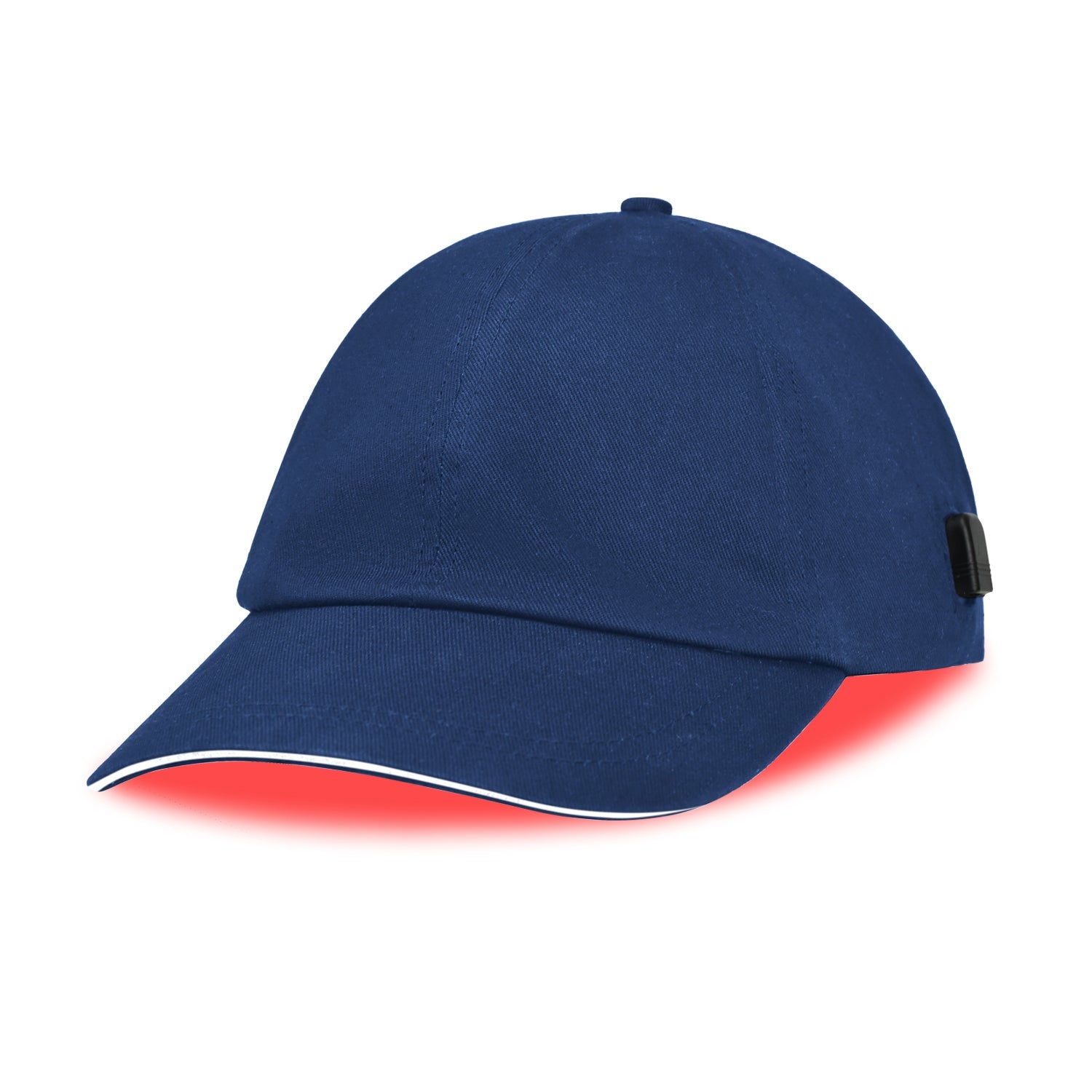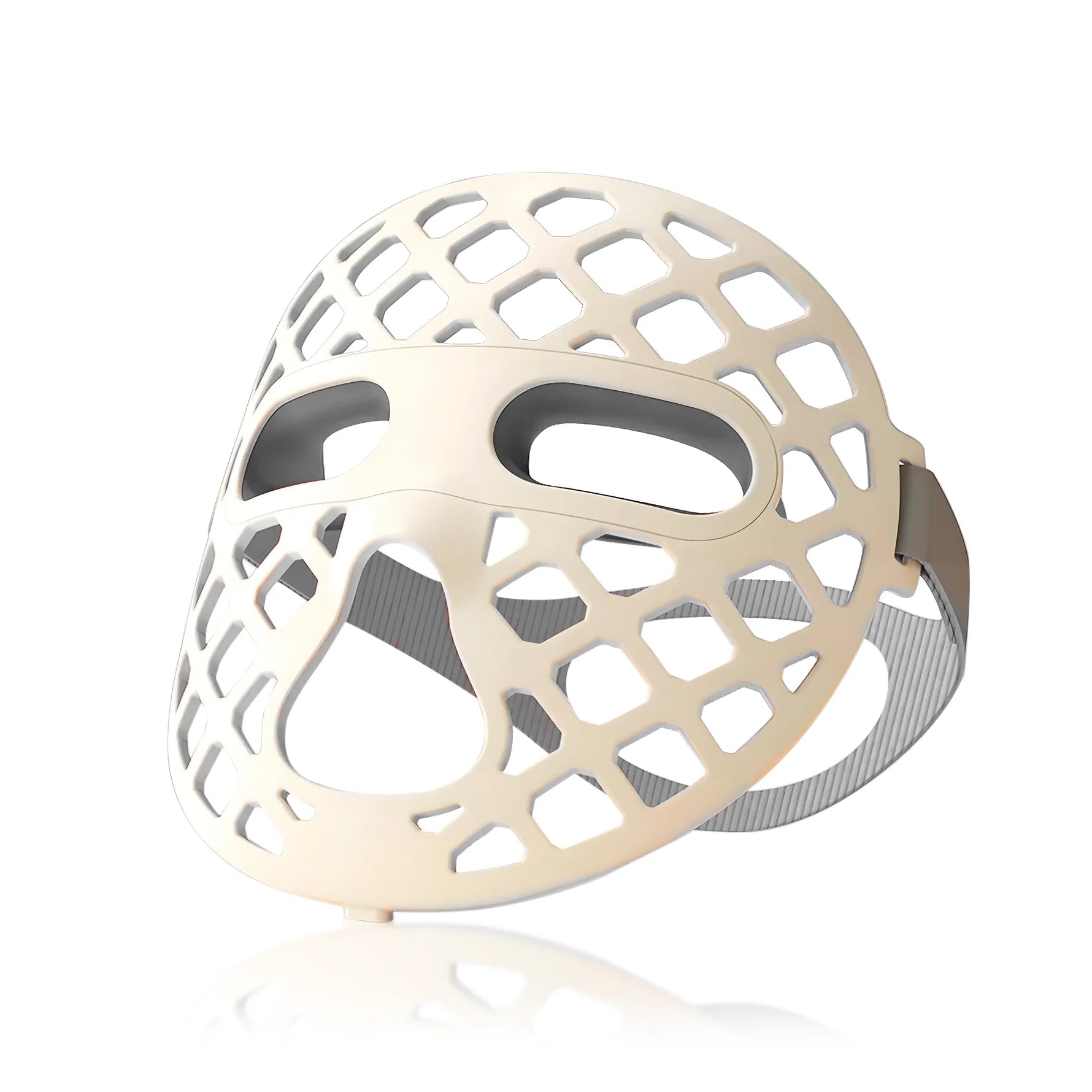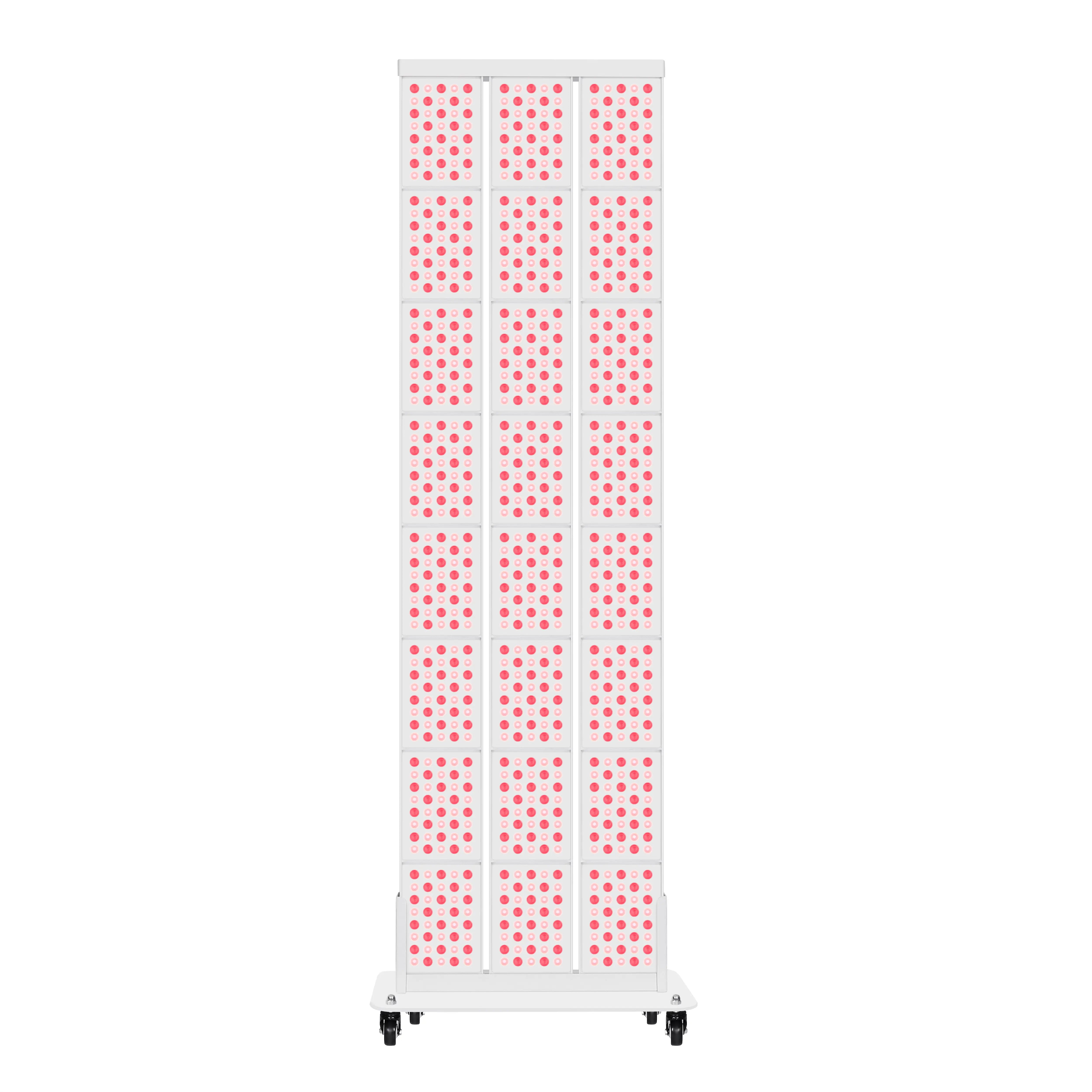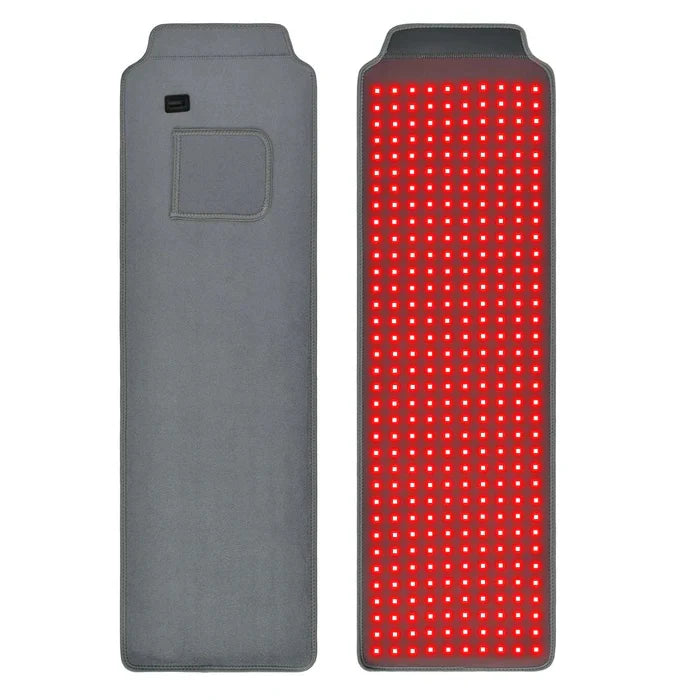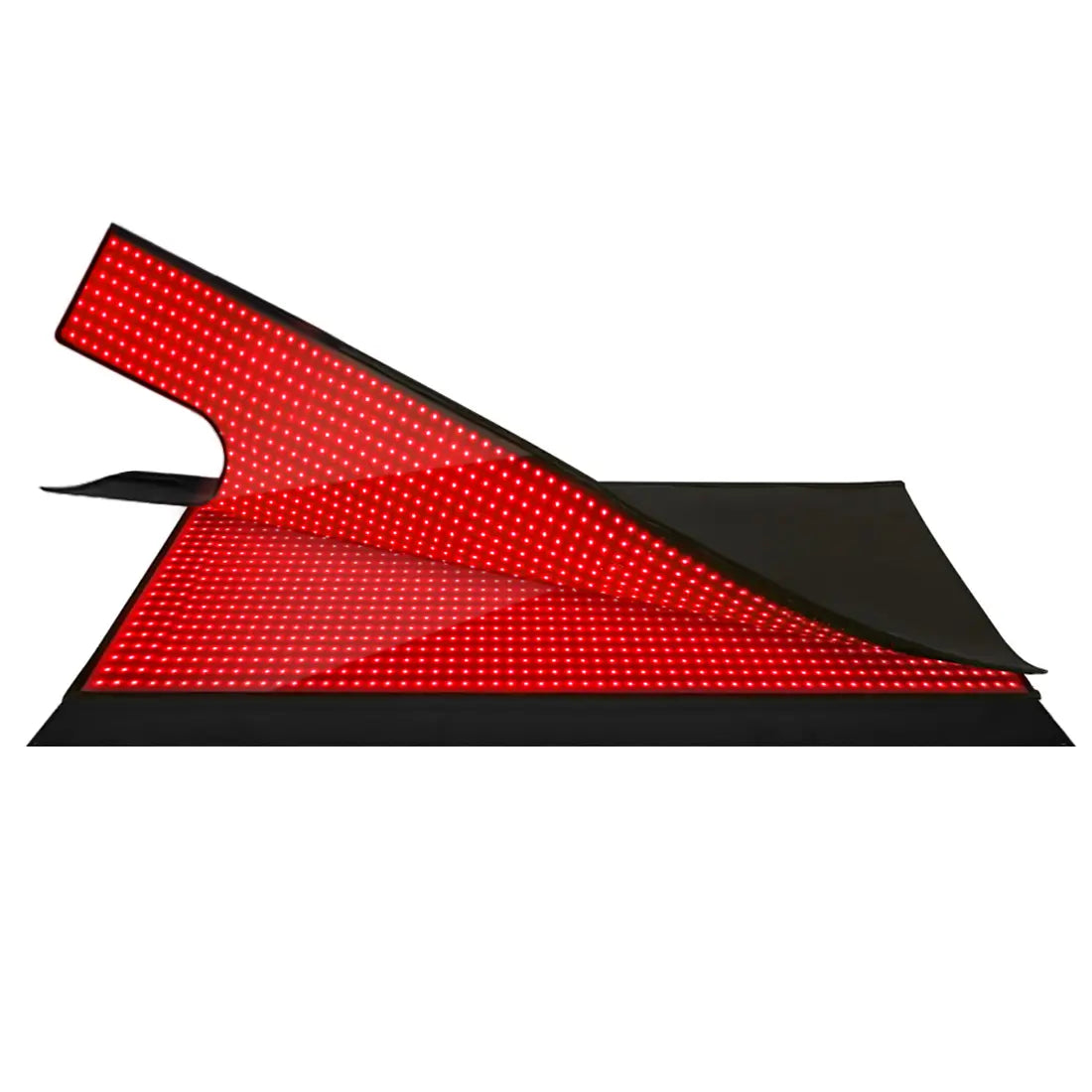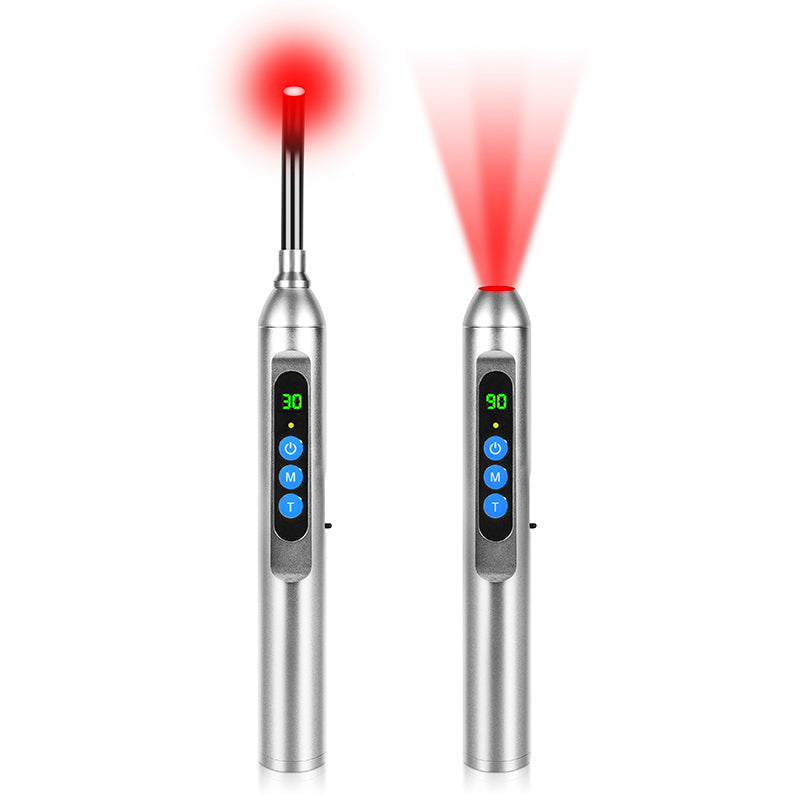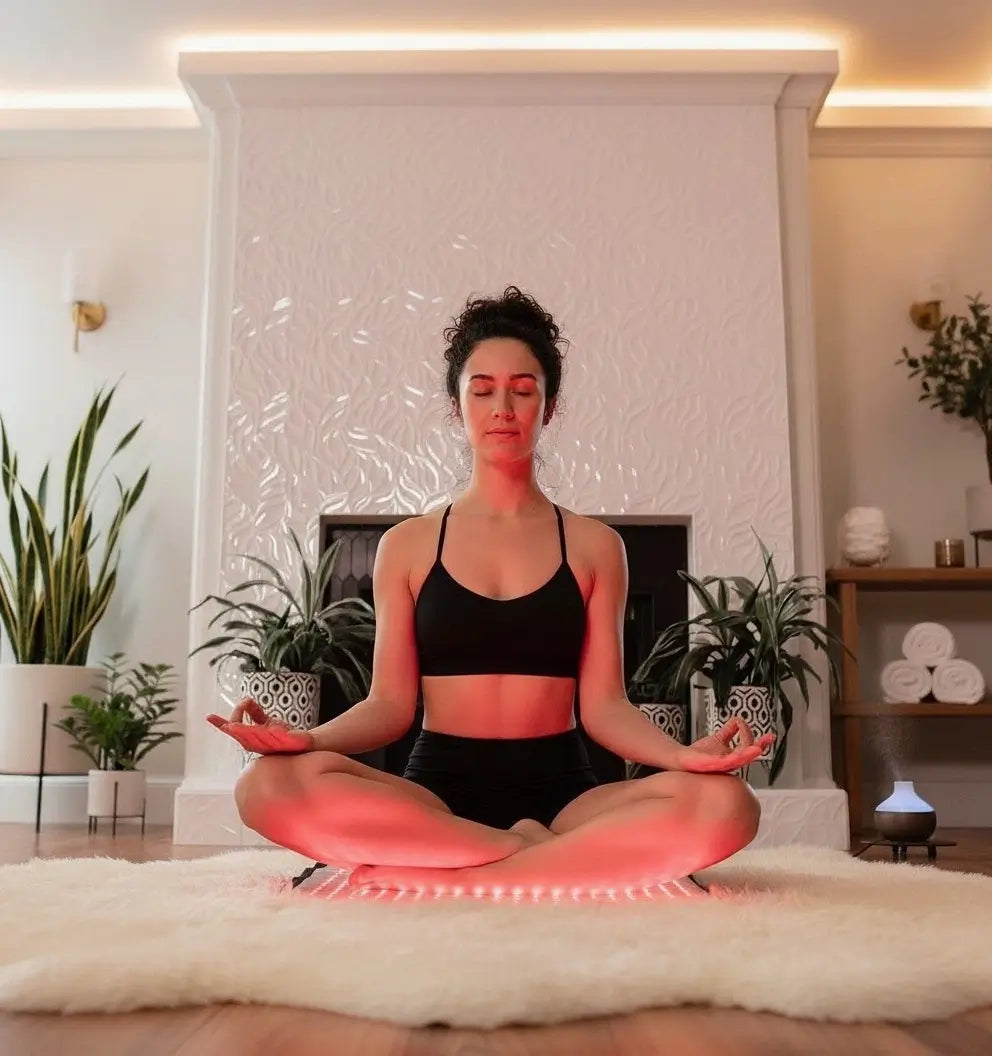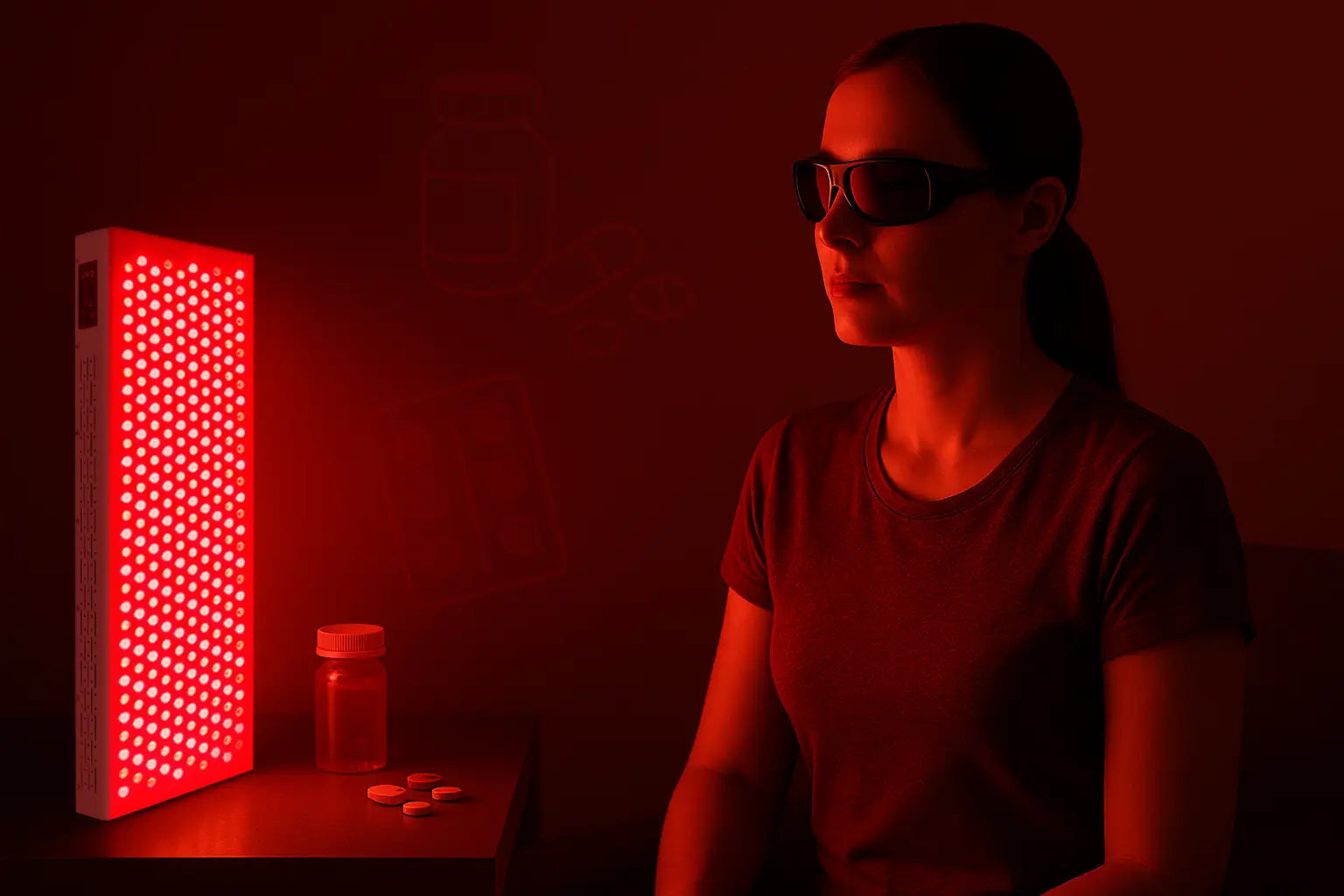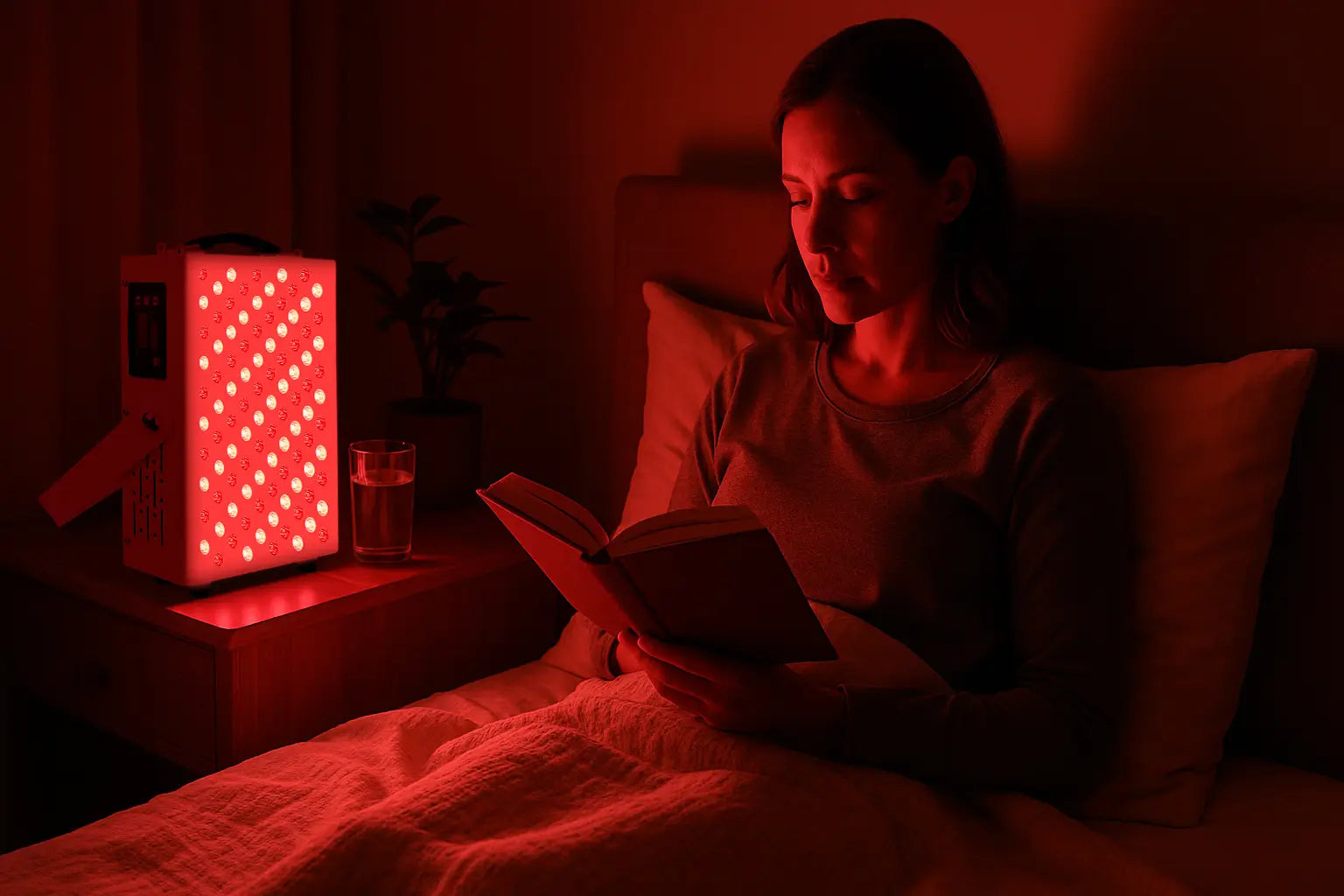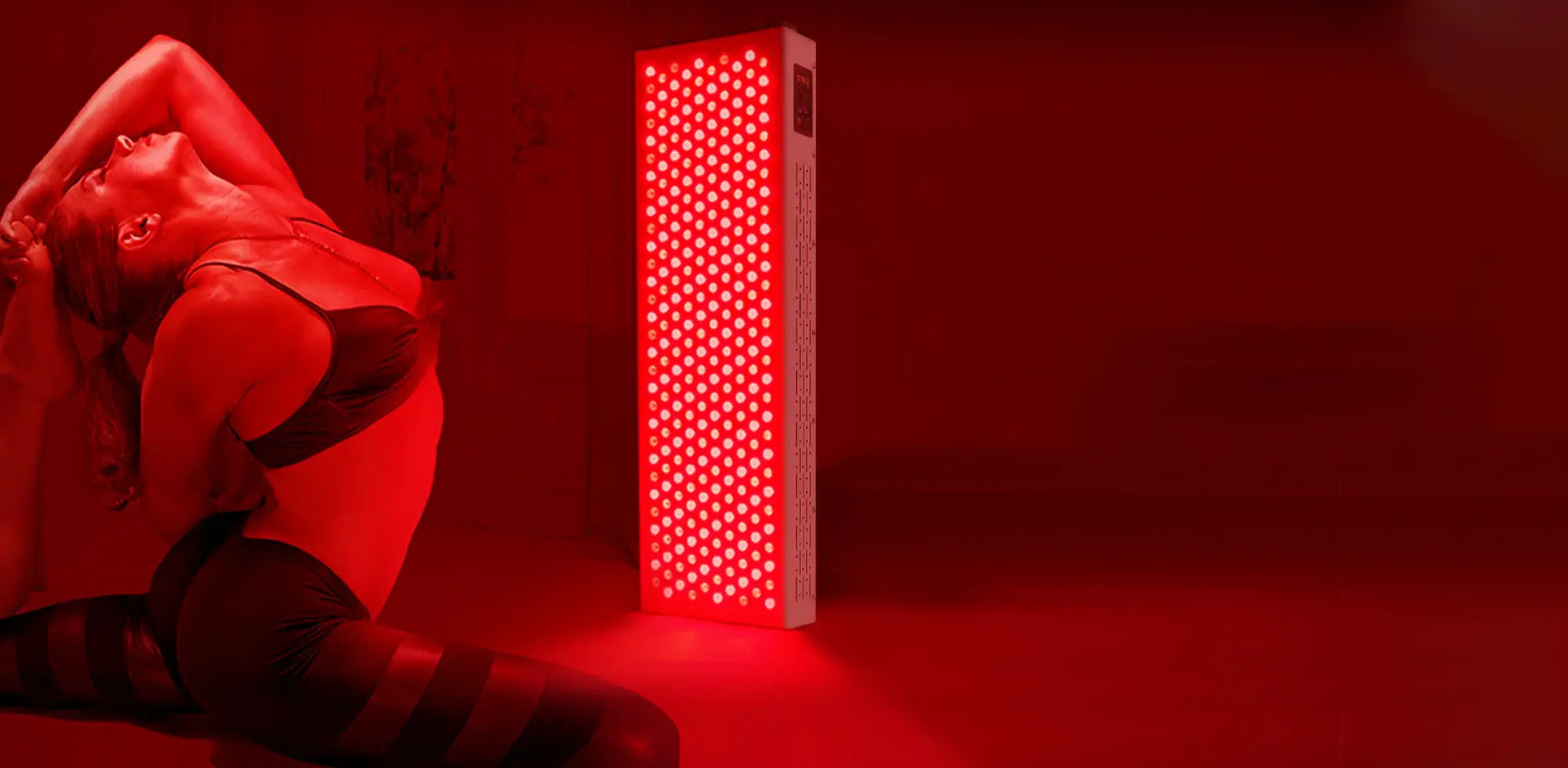Red light therapy for the face has quickly become a go-to option for people looking to improve their skin. Many use it to reduce wrinkles, calm inflammation, or speed up healing after breakouts. It works by shining low-level red or near-infrared light onto the skin, which may help with cell repair and collagen production. While it's usually safe, it’s not the right choice for everyone. Certain health conditions or medications can make red light therapy risky. That’s why knowing who should avoid it is just as important as knowing how it works.
Who Shouldn’t Use Red Light Therapy on the Face?
While red light therapy is safe for most people, there are some situations where it may not be a good idea, especially when used on the face, where the skin is thinner and more delicate. Before starting treatment, it’s important to know if you fall into any of the following categories that may need extra caution or complete avoidance.

People with conditions that make their skin sensitive to light
If you have a medical condition like lupus or porphyria, your skin may react badly to light. Even small amounts of red light could trigger rashes, burning, or other painful symptoms. These conditions cause the skin to be extra sensitive, and using a light therapy device might make things worse instead of better. Always check with your doctor first if you have any kind of light sensitivity.
Anyone taking medications that increase light sensitivity
Some common medicines can make your skin more sensitive to light. These include antibiotics like tetracycline, acne treatments such as isotretinoin, and even herbal supplements like St. John's Wort. When your skin is in this sensitive state, red light therapy can cause redness, stinging, or even burns. If you’re using or have recently stopped taking any of these, it’s a good idea to wait and talk to your doctor before using red light therapy on your face.
People with current or past skin cancer
Red light therapy works by boosting activity in your skin cells. While this is great for healing or anti-aging, it may not be safe for those with skin cancer or a history of it. There isn’t strong proof that red light therapy causes cancer to grow, but because it encourages cell activity, it’s best to avoid it unless a doctor says it’s okay. When it comes to cancer, playing it safe is the smarter move.
Pregnant or breastfeeding individuals
There’s not enough solid research to say whether red light therapy is safe during pregnancy or breastfeeding. Since the effects on babies (either unborn or nursing) aren’t well understood, most experts suggest skipping the treatment for now. If you’re pregnant or nursing and still interested in facial treatments, talk to your healthcare provider about safer alternatives.
People who have seizures or epilepsy
Most red light therapy devices don’t flash or strobe, but bright or focused light can still affect people who are prone to seizures. If you have epilepsy or a history of seizures, it’s important to speak with your doctor before trying red light therapy. Even though the risk may be low, your safety should always come first.
Those with skin infections or open wounds
Using red light therapy masks on broken or infected skin isn’t recommended. Light therapy can sometimes make infections worse or slow down the body’s healing process. If you have a cut, sore, or active breakout, let it heal first. Applying light to an open wound might seem helpful, but it can actually delay recovery.
What Precautions Should You Take Before Starting Red Light Therapy on Your Face?
If you’re thinking about trying red light therapy masks, taking a few simple steps ahead of time can make a big difference.
- Talk to a doctor or skin specialist: If you have a medical condition or are on medication, getting a professional opinion can help you avoid unnecessary risks.
- Follow the device instructions closely: Every device is different. Some have stronger light, others are meant for short sessions only. Read the guide and stick to the recommended time.
- Test a small area first: Before treating your whole face, try it on a small spot to make sure your skin reacts well. If there’s no redness or discomfort after 24 hours, you’re likely good to go.
How Can You Stay Safe When Using Red Light Therapy on the Face?
Even for those who are a good fit for red light therapy, using it the right way is key to getting results without causing damage.
- Protect your eyes: Red light may not be as intense as lasers, but it can still irritate your eyes. Use the eye shields that come with the device or wear protective glasses.
- Clean your skin first: Any leftover makeup or skincare products could block the light or cause a bad reaction. Always start with clean, dry skin.
- Don’t mix with strong skin treatments: Using retinol or chemical peels right before or after red light therapy can make your skin more sensitive. Give your skin time to recover between treatments.
- Try other skin care methods if needed: If red light therapy isn’t right for you, options like gentle facials, soothing serums, or low-frequency microcurrent devices can still support healthy skin.

Is Red Light Therapy on the Face Safe if Used Responsibly?
For most healthy adults, red light masks can be a helpful way to treat skin concerns. When used correctly, it may support healing, reduce signs of aging, and calm irritation. But it isn’t for everyone. If you have any of the conditions mentioned above, or you’re unsure how your skin might react, take the time to get the right advice before you begin.
What matters most is making sure the therapy suits your personal situation. Don’t rush into treatment just because it’s popular. Red light therapy can be a great tool, but only when used at the right time, in the right way, by the right person. Taking a thoughtful, careful approach helps you stay safe and get the best possible outcome from your skincare routine.
FAQs
Q1. Does red light therapy exacerbate hyperpigmentation?
In a few instances, red light therapy can darken preexisting pigmentation, such as melasma. Although it's typically utilized to enhance skin tone, individuals with heat-sensitive pigmentation conditions must exercise caution. A dermatologist can assist in determining whether your skin type would be suitable for light-based treatments.
Q2. Is red light therapy safe following cosmetic injections or fillers?
It is recommended to wait 1–2 weeks following Botox or dermal fillers before applying red light therapy to the face. The exposure to light can affect the settling of fillers. Always adhere to your provider's aftercare advice to prevent complications or asymmetrical outcomes.
Q3. Does red light therapy exacerbate rosacea flare-ups?
Certain people with rosacea notice heightened redness or sensitivity to red light therapy. Although it can lessen inflammation for other people, those who have active breakouts should refrain from using it until the skin has calmed down. A patch test is highly advised.
Q4. Is red light therapy appropriate for teenage acne?
Yes, but only with supervision. Red light therapy can assist in decreasing inflammation and enhancing healing in mild to moderate acne. Teens should not overuse it, though, and it is not an alternative to good skincare or prescribed acne treatment.
Q5. Does your skin color alter the effectiveness of red light therapy on your face?
Skin tone does not stop the benefits of red light therapy, but darker skin may take longer to show results. The way light is absorbed depends on the amount of melanin, so results may take more time to show up. Devices that let you change wavelengths are a better option for customized treatment.


